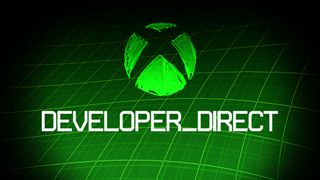Gaming
Explore Gaming
Latest about Gaming

Every Xbox and PC game shown during New Game Plus Showcase
By Brendan Lowry published
Gaming 45 new and upcoming games were shown during the New Game Plus Showcase. Here's a complete overview of everything announced for Xbox and PC during the event.

Fallout's most iconic gameplay system was almost cut from Bethesda's games
By Brendan Lowry published
Gaming One of Fallout's most iconic gameplay mechanics is VATS, but it almost wasn't included in Fallout 3 due to development struggles and doubts that players would like it.

The data on why even PlayStation can't ignore Xbox's shooter audience
By Jez Corden published
Xbox Data from Alinea suggests that Xbox "shooter box" stereotypes may be real, as Xbox and PlayStation hit neck and neck on some games despite user base disparities.

How to complete the Call of Duty x Fallout event as fast as possible
By Richard Devine published
Gaming The Call of Duty x Fallout event is now live, and if you want the best rewards as fast as possible, here's how to do it.

Fable deep dive confirmed for Xbox Developer Direct on January 22
By Adam Hales published
Xbox Xbox outlines what to expect from its January Developer Direct, with extended gameplay showcases for Fable, Forza Horizon 6, and a closer look at Game Freak’s new project.

How to watch the Xbox Developer Direct 2026 showcase
By Brendan Lowry published
Xbox Microsoft's Xbox Developer Direct showcase has become a January staple, and we just got the date for 2026's presentation. Here's when it starts, and how to watch.

Fallout Season 2 doubles Fallout player counts on Steam
By Adam Hales published
Gaming Just like Season 1, Fallout Season 2 has pushed players back into the games, doubling concurrent player numbers across nearly the entire Fallout catalogue.

Final Fantasy XIV players hit by DDoS attacks
By Adam Hales published
PC Gaming Persistent DDoS attacks are impacting Final Fantasy XIV’s savage raid progression, leaving US players disconnected and questioning long-term reliability during a paid subscription release.
All the latest news, reviews, and guides for Windows and Xbox diehards.


